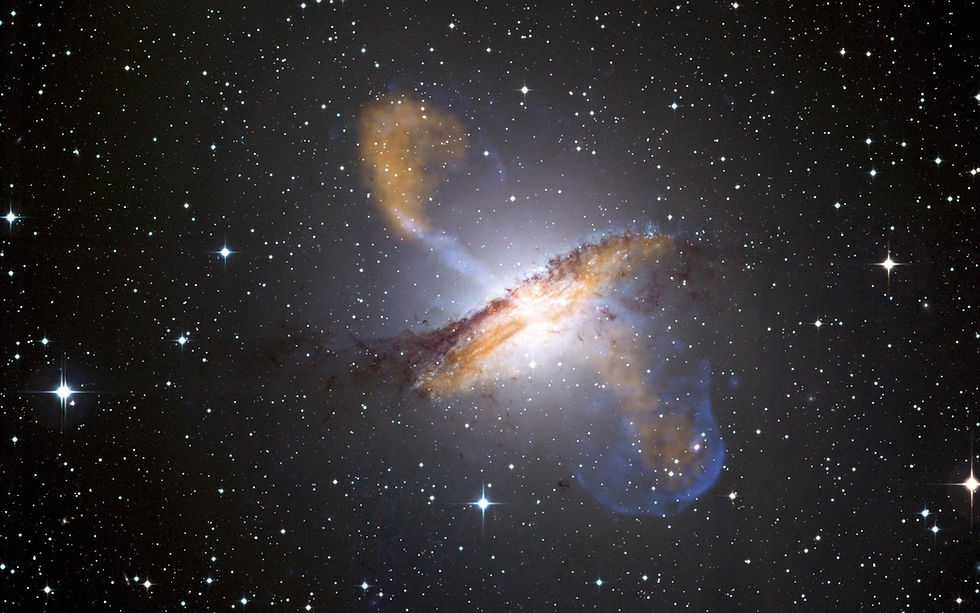The Multidimensional Being
- yoginionfire
- May 14, 2023
- 3 min read
Updated: May 23, 2023

Have you ever felt like diving into your mind is akin to navigating a labyrinth wherein every turn only takes you further from the start? It is because you are a multidimensional being. On the surface, you are a body that breathes and moves, but behind that veneer are feelings, thoughts, and memories, culminating in a sense of “I-ness.” The "I-ness," called the ahaṇkara, is what makes the mind's labyrinth so challenging to traverse. However, you can’t begin by deconstructing your sense of selfhood because that can lead to a feeling of loss or separation, making the journey more treacherous. So, what do we do?

An Indian philosophical text from around the 6th century BCE offered somewhat of a map for traversing this maze of our mental dimensions. The Taittirīya Upaniṣad taught that all are born from the ātman (Self, soul, consciousness); from this ātman, the elements emerged, one begetting the other. From the elements, food comes into being, and from food, humans. The ātman as the root cause is present within humans because the cause remains concurrent with the effect.

So, the ātman, being the cause, is the map’s destination, but it is encased, as we have seen, in many layers; what are they? Formally referred to as the pañcakośa (pronounced pancha kosha), they are the anna (physical), prāṇa (energetic), manas (mental), vijñāna (wisdom), and ānanda (bliss). The ātman is the seed that sits within these layers, and each layer relates to the elements that originally emerged to comprise the physical body. So, the physical body is earth, water, fire, air, and ether. The energetic body is water, fire, air, and ether. The mental body is fire, air, and ether. The wisdom body is air and ether. Finally, the bliss body is ether. As such, the layers move from the most gross, containing the most elements, to the least gross, comprising only ether.

For our present concern, let’s consider that we might be more than just these five, as the mental layer is a broad term that relates to a receptacle of sensory information. Dr. Vasant Lad of the Ayurvedic Institute suggested in one of his lectures that the manas is our feeling or sensing mind and that this sensorial information must be processed before one reaches wisdom. He adds jñāna, which serves as the capacity for becoming acquainted with information brought in through the senses. Further, I contend that once one has felt, processed, and cataloged the experience as wisdom, there is another layer that I’ll designate as citta, consciousness. This is the subconscious, where all information is stored. Thus, we can conceive of ourselves as seven layers.

Finally, how is this relevant to yoga? Yoga consists of practices that aim at yoking the senses of the physical body back to the source of attention, which is the subtle body, and then traversing that subtle body to return to the cause. Owing to each layer’s relation to certain elements, there are specific practices for each of the seven layers. For example, to tether the attention, which acts through the body’s external organs of perception, one can use the body mindfully in āsana or use sense-specific meditations to navigate the physical body and the sensorial ties that bind one to this layer. One by one, with the right practices, the effect can return to the cause and its divine nature.






Comments